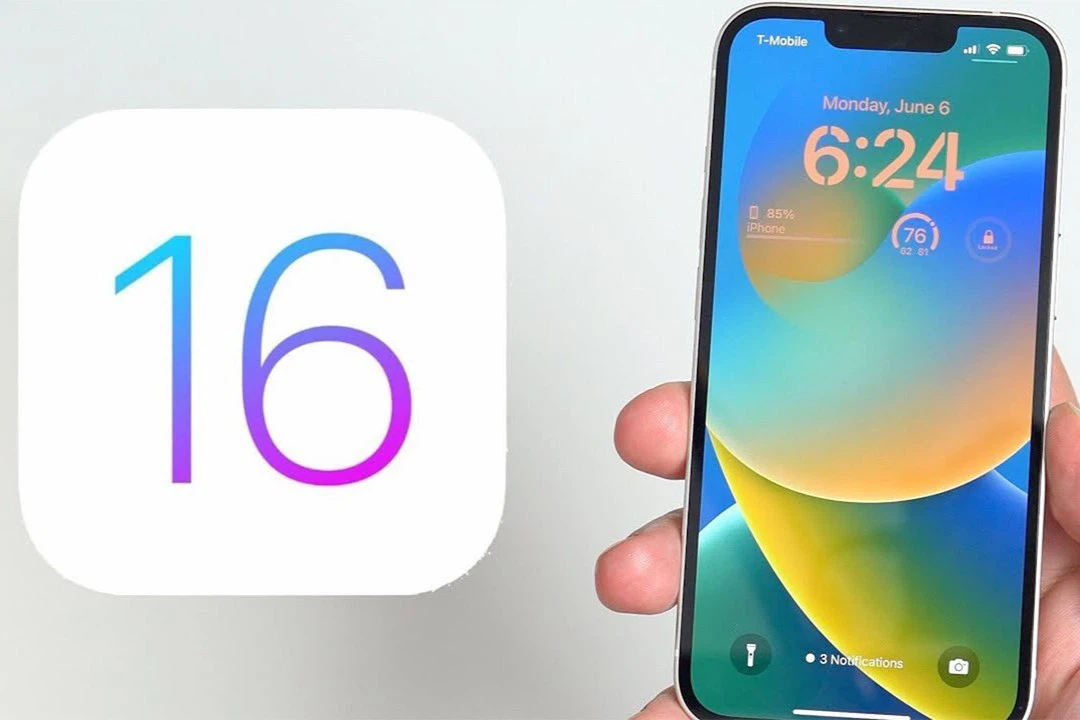Personal credit score is an important indicator that directly affects the credit profile and borrowing ability of an individual. So, do you know how to check your credit score? If not, let’s find out with FPT Shop!
Understanding personal credit score
What is a credit score?
A credit score is an index that evaluates the credibility of an individual through their credit profile and borrowing history. This index is stored at the Vietnam National Credit Information Center and shared among organizations, financial companies, and banks.
/fptshop.com.vn/uploads/images/tin-tuc/175219/Originals/Tra-cuu-diem-tin-dung-hinh-1.jpg)
Classification of bad debt groups
Based on the personal credit score, customers will be classified into one of the 5 corresponding bad debt groups. Specifically:
Group 1: Standard debt group. This includes customers with good credit history or overdue debts within 1 – 30 days.
Group 2: Attention-required debt group. If there are overdue debts within 10 – 30 days or debts requiring restructuring of the repayment time for the first time, customers will be placed in this group.
Group 3: Substandard debt group. Customers in this group have one of the following reasons: Overdue debts from 30 – 90 days; Continuously overdue debts within 30 days after the first restructuring of the repayment time. Customers in this group will have their interest reduced or waived due to unaffordability to repay committed debts.
Group 4: Suspicion of potential capital loss debt group. This group includes customers:
- Having overdue payments from 90 to 180 days
- Continuously overdue debts within 30 – 90 days after the first restructuring of the repayment time
- Restructuring the repayment time for the second time
Group 5: The worst bad debt group with a high risk of capital loss. This group includes customers:
- Having overdue debts up to 180 days
- Continuously overdue debts for more than 90 days after the first restructuring of the repayment time
- Continuously overdue debts after the second restructuring of the repayment time
- Restructuring the repayment time for the third time
/fptshop.com.vn/uploads/images/tin-tuc/175219/Originals/Tra-cuu-diem-tin-dung-hinh-2.jpg)
Ways to check personal credit score in detail
There are 3 ways to check the credit score. If you perform a check on the CIC website or CIC application, you will get a free report once a year, and subsequent checks will require you to purchase credit reports. With the direct check at the bank, the fee will be determined by each bank.
Method 1: Check credit score on the CIC website
Step 1: Open the official CIC website using the following link: https://cic.gov.vn/.
Step 2: Click on the registration box at the top right corner of the screen and provide the necessary information to create an account and wait for 2 – 3 days for your information to be verified.
Step 3: After receiving the successful account verification notification, repeat step 1 and click on the login box (next to the registration box) and log in to your newly created account.
Step 4: Go to the “Credit Report” section and check your credit score.
/fptshop.com.vn/uploads/images/tin-tuc/175219/Originals/Tra-cuu-diem-tin-dung-hinh-3.jpg)
Method 2: Check credit score through the CIC application
Step 1: Go to the App Store (for iOS) or CH Play (for Android) and download the “CIC – Connect loan needs” app to your phone.
Step 2: Register an account similar to when you perform it on the CIC website. Then log in to the created account.
Step 3: Go to the “Credit Report” section and check your credit score.
/fptshop.com.vn/uploads/images/tin-tuc/175219/Originals/Tra-cuu-diem-tin-dung-hinh-4.jpg)
Method 3: Check credit score directly at the bank
Customers bring their ID card or Citizen Identity Card to the bank and request to check their credit history. After confirming the information, the bank will retrieve data from the CIC and provide the result.
Evaluating risk level based on credit score
|
Credit score |
150 – 321 |
322- 430 |
431 – 569 |
570 – 679 |
680 – 750 |
|
Risk level |
Very high |
High |
Medium |
Low |
Very low |
/fptshop.com.vn/uploads/images/tin-tuc/175219/Originals/Tra-cuu-diem-tin-dung-hinh-5.jpg)
Conclusion
The CIC credit score is very important for the credit profile of individuals. Therefore, you should check your credit score regularly to promptly supplement and adjust necessary information!

































